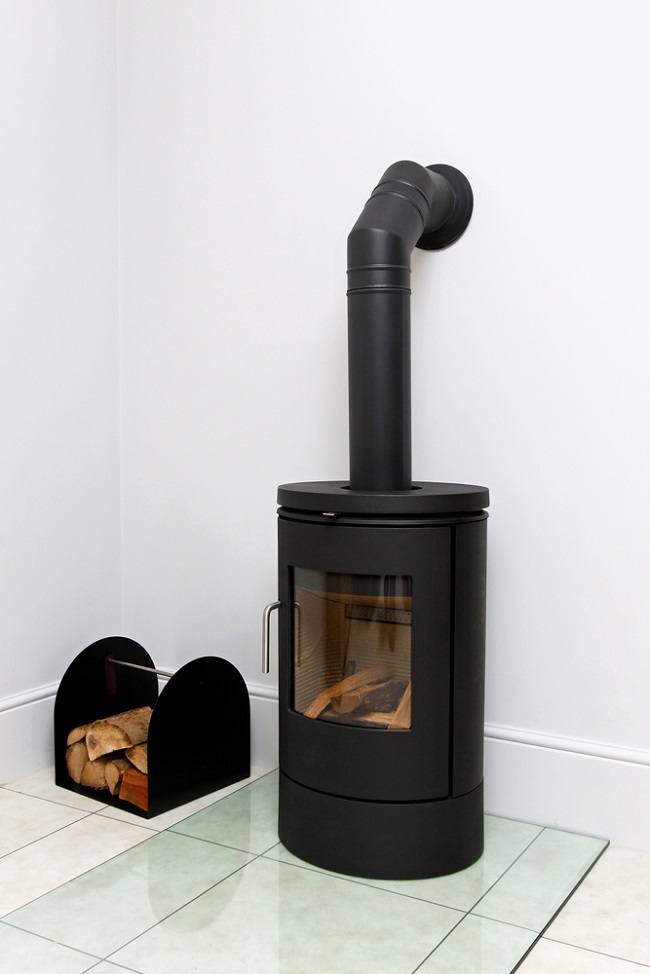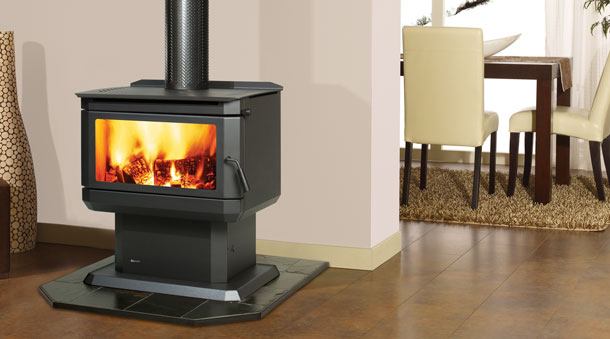The position of the fireplaces and the portability matters a lot when you have to choose the best fireplace for your home.You can make a separate alcove for installing the fireplace. You can also have two separate shelves, one for storing the fire logs and another for installing and placing the actual fireplace. There are countless options that will surprise you with their installation methods and their appearance. These fire heaters can be convection temperature, traditional, wood, gas, stone, or metal.
Ensure the safety of your fireplace
Most of the people think that their chimneys and fireplaces are everlasting elements of their house that need no or little maintenance. While stonework work is usually as near to preservation-free as you can obtain, chimneys and fireplaces are elements of your house’s heating system, which should efficiently drain vapors from your fireplace, water heater and furnace. When you install the freestanding fireplaces, then you have to make it a point not to keep inflammable substances all around, and there should be a proper outlet for the gases and smoke to pass out.
2 most severe troubles that outcome from badly preserved fireplaces
1. Carbon monoxide toxin
This is very dangerous substance that comes out from fireplaces and as soon as it enters in the body, it goes to the overall body and in the brain too. Especially kids are responsive to brain injury after fairly low levels of contact.
2. Chimney fires
When fire burns, it produces smoke. When the smoke goes up into the chimney, it gets into touch with the moderately cooler internal of the chimney, where a quantity of the smoke compresses. The resultant compressed smoke is known as creosote and when an adequate quantity of creosote generates, you need professionals to clean the freestanding fireplaces.
How to select a Freestanding Fireplace?
There are several types of fireplaces available in the market. Now it is up to you what you select. Some of the most common selections are listed below:
1. Cabinet style
This versatile piece caters as a storage unit and entertainment center plus fireplace.
2. Insert
Change a built-in, heat-sucking fire heater into a supplemental heat resource by an insert that falls into the firebox. There is a fan attached to the insert that transmits heat to the house.
3. Wall mount
Its thin design enables you to hang up this kind of fireplace on any wall, like any artwork.
4. Tabletop and Portable
In dense rooms or in conditions where you want to convey the splendor of sparkling flames from places to places, think about a moveable fireplace.
5. Vent less
This type of freestanding fireplace needs no chimney or pipe to the exterior, which enables you to place it nearly anywhere. As a great resource of supplemental warmth, a vent-less fireplace also produces damp, so verify the manufacturer’s suggestions for room size to circumvent over-soaking the room.
6. Vented
Several freestanding fireplaces need a chimney or flue that expands above the top to pull smoke, fumes, and carbon monoxide out of the home. Sadly, these conservative editions also drain warmed air. To preserve energy, think about a “direct vent” edition, which offers two pipes, one to drag air from exterior to stimulate the fire, and another one to drain fumes and smoke. So now, you can choose from a variety of options and install your most preferred freestanding fireplace to make your winter nights warm. Featured photo credit: https://au.pinterest.com/pin/331366485064907990/ via s-media-cache-ak0.pinimg.com


